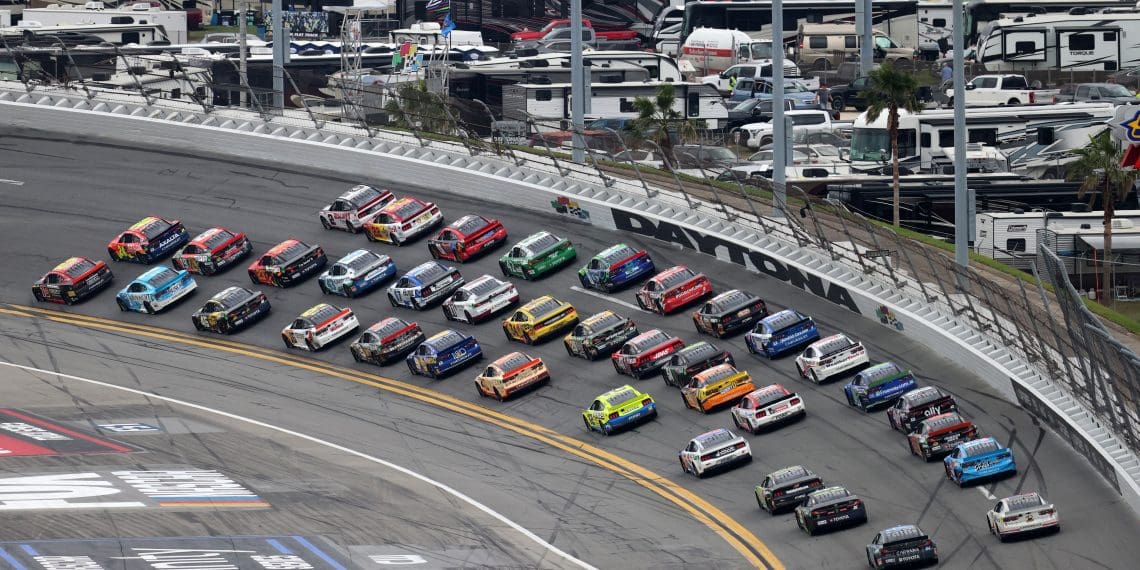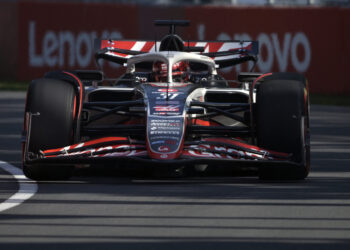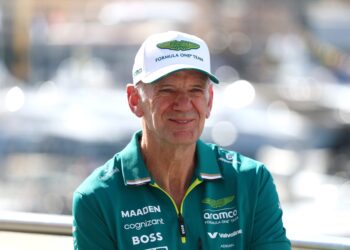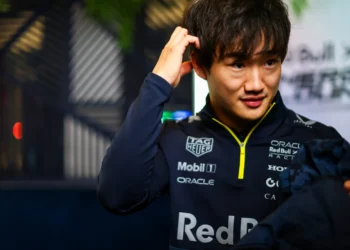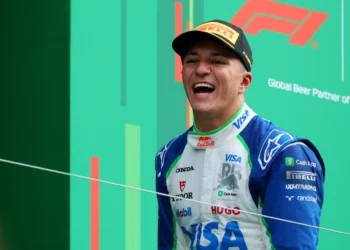The world of NASCAR is set to undergo significant changes as the governing body revamps rules, aiming to ensure fair and safe competition. Specifically, the changes target Xfinity and Truck Series drivers, adding a new twist to the motorsport discipline renowned for its allowance of some contact between racers on the track.
As the 2025 season kicks off, these updates to the rulebook promise to reshape the way drivers compete. While the full impact of the changes remains to be seen, it’s clear that NASCAR is taking deliberate steps towards refining the sport’s integrity.
Among the numerous changes NASCAR has introduced recently, one that stands out involves a redefinition of rules around ‘locking bumpers’, a long-debated element of racing. This particular amendment sees a subtle but consequential shift in language. As Jonathan Fjeld, co-owner of The Racing Experts, highlighted in a tweet, the rulebook now states that drivers “may” rather than “would” be penalized for locking bumpers. This single-word change is significant as it indicates that penalties will be handed out at NASCAR’s discretion, based on the circumstances and nature of contact in each case.
Locking bumpers, or ‘bump drafting’, refers to a driver making contact with the rear of another vehicle using their front bumper. This tactic, often employed on superspeedway tracks like Daytona and Talladega, allows both drivers to gain speed. However, it carries substantial risks as high-speed contact can lead to drivers losing control and causing multi-car accidents. The strategic implications of this rule change for the 2025 season will be interesting to watch.
Previously, despite the rulebook saying drivers “would be penalized” for locking bumpers, enforcement was inconsistent, creating ambiguity. The revised language aims to eliminate this uncertainty. However, whether drivers will risk penalties by continuing to lock bumpers in upcoming races remains to be seen.
The 2025 season has already seen the implementation of updated Damage Vehicle Policy (DVP) rules, starting with the Daytona 500. In an incident involving Kyle Busch, the revised rules were tested when he was forced to retire on Lap 186 following a crash. Despite having four flat tires, Busch attempted to return to the track after repairs but had to retire due to regulations that limit attempts to return to the track after making fixes in the garage.
Previously, a car entering the garage area was automatically eliminated from the race. Under the new DVP, however, drivers are given unlimited time to make repairs in the garage but must then ensure their car is up to speed to avoid a Did Not Finish (DNF) status.
The new rules have not been without controversy, with Busch questioning NASCAR’s understanding of their own rules. Whether these changes will prove beneficial in the long run is uncertain. What is clear, however, is that NASCAR is tightening its grip on drivers and teams, striving to maintain the sport’s integrity while ensuring races are fair and exciting for all.

